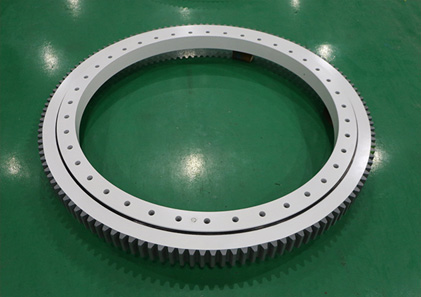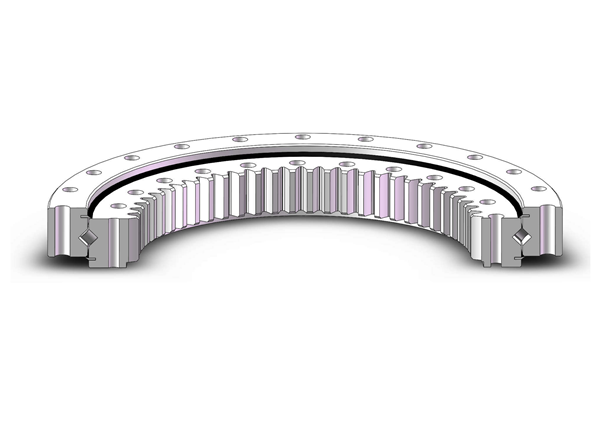Шероховатость поверхности поворотного подшипника как можно меньше? Шероховатость поверхности относится к небольшому промежутку и неровности небольших пиков и впадин, которые имеет обработанная поверхность. Шероховатость поверхности подшипника может повлиять на износостойкость, стабильность, усталостную прочность, стабильность и другие свойства подшипника. Вообще говоря, чем меньше шероховатость поверхности подшипника, тем лучше, но она должна определяться в соответствии с требованиями использования оборудования и точностью процесса.
Шероховатость поверхности поворотного подшипника не настолько мала, насколько это возможно.

Шероховатость поверхности поворотного подшипника как можно меньше? Его можно проанализировать со следующих аспектов:
1. Физические свойства материалов
Шероховатость поверхности подшипника часто обозначается Ra. Вообще говоря, исходя из принципа работы, мы надеемся, что чем меньше шероховатость поверхности поворотного подшипника, тем лучше. Как правило, чем выше уровень точности допуска подшипника, тем лучше качество поверхности и выше качество изготовления. Однако две слишком гладкие поверхности склонны к склеиванию (обмен между одинаковыми или подобными материалами, что подобно «феномену окрашивания» в нашей жизни, но здесь относится к обмену металлическими веществами), в то время как поверхности, слишком шероховатые склонны к склеиванию. Под действием силы поверхность склонна к отслаиванию (то есть тому, что мы часто называем износом).
2. Стоимость обработки
Теоретически, чем меньше значение шероховатости поверхности поворотного подшипника, тем лучше, чем меньше шероховатость, тем ровнее поверхность и тем красивее внешний вид. Однако размер шероховатости определяется процессом обработки и другими факторами, такими как трение между инструментом и опорной поверхностью, резание и высокочастотная вибрация в процессе.
Однако чем меньше шероховатость поверхности, тем выше стоимость обработки. Соответствует ли стоимость использования детали скорости потребления и прибыли от стоимости продукции оборудования. Все это необходимо учитывать. К некоторым запчастям не предъявляются высокие требования по шероховатости опорной поверхности. Излишняя погоня за шероховатостью поверхности скажется на экономичности обработки.
Принцип выбора шероховатости поверхности опорно-поворотного устройства

1. Экономическая перспектива:
С экономической точки зрения, исходя из требований к производительности поворотного подшипника, чем ниже точность, тем лучше. Это позволяет снизить производственные затраты.
2. Используйте функцию:
(1) Значение шероховатости рабочей поверхности меньше, чем у нерабочей поверхности.
(2) Значение шероховатости поверхности трения меньше, чем у поверхности, не имеющей трения.
(3) Значение шероховатости посадки с зазором меньше, чем у посадки с натягом.
(4) Шероховатость сопрягаемой поверхности должна соответствовать требованиям точности ее размеров. Чем меньше размер, тем меньше должно быть значение шероховатости.
(5) Величина шероховатости поверхности, подверженной циклическим нагрузкам, а также внутренней галтели и вогнутой части, где может возникнуть концентрация напряжений, должна быть небольшой.
Шероховатость поверхности поворотного подшипника как можно меньше? Я верю, что всем все ясно. Фактический выбор точности подшипника и шероховатости поверхности должен определяться в соответствии с фактическими потребностями. В случае обеспечения работоспособности подшипников также очень важен контроль затрат.















